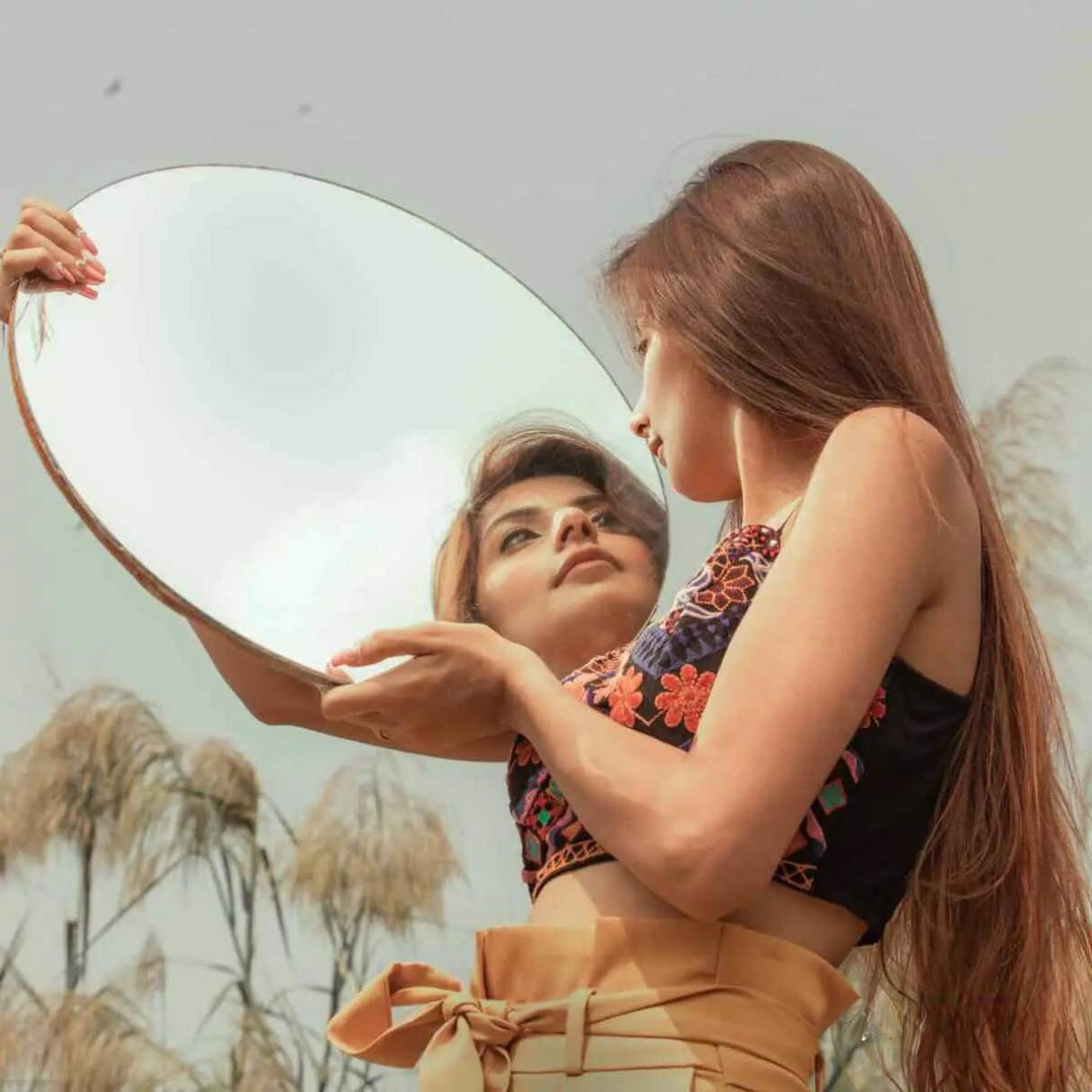

Articles
What Mirrors Are Most Accurate
Modified: January 5, 2024
Get accurate insights on mirrors through our informative articles. Discover the best mirrors for your needs and make an informed choice today.
(Many of the links in this article redirect to a specific reviewed product. Your purchase of these products through affiliate links helps to generate commission for Storables.com, at no extra cost. Learn more)
Introduction
When it comes to mirrors, accuracy is a crucial factor that often goes unnoticed. We rely on mirrors for a variety of reasons, from grooming ourselves to checking our outfits before heading out the door. But have you ever stopped to consider how accurate your mirror really is?
In this article, we will explore the factors that can affect mirror accuracy, the different types of mirrors available, and how to compare their accuracy. Additionally, we will delve into the methods for testing mirror accuracy to ensure that you are using the most reliable reflection.
Understanding the factors that impact mirror accuracy is essential because it directly affects our perception of ourselves and our surroundings. Whether you are using a mirror for personal grooming, applying makeup, or even for professional purposes like photography or dentistry, having an accurate reflection is vital.
So, let’s dive in and explore the fascinating world of mirror accuracy.
Key Takeaways:
- Choose mirrors with flat surfaces, high-quality reflective coatings, and advanced manufacturing for accurate reflections. Consider factors like durability and environmental conditions for reliable mirror accuracy.
- Test mirror accuracy by observing straight lines, distances, and reflections from multiple angles. Look for minor imperfections that don’t significantly affect overall reflection.
Read more: Which Glassware Is Most Accurate
Factors Affecting Mirror Accuracy
Several factors can influence the accuracy of a mirror. Understanding these factors will help you evaluate the quality and reliability of the reflection you see.
- Flatness: The first and foremost factor affecting mirror accuracy is its flatness. A perfectly flat mirror surface ensures that the reflected image is true to life and free from any distortions or warping. Even a slight curvature can introduce noticeable distortions, making it challenging to rely on the mirror’s accuracy.
- Reflective Coating: The reflective coating on the back of the mirror also plays a crucial role in its accuracy. High-quality mirrors use materials like aluminum or silver to achieve a highly reflective surface. However, cheaper mirrors may have inferior coatings that can lead to decreased reflectivity and accuracy over time.
- Manufacturing Process: The manufacturing process employed to create the mirror can have a significant impact on its accuracy. Mirrors made using advanced techniques, such as precision glass cutting and polishing, tend to offer superior accuracy compared to those produced using less precise methods.
- Frame and Mounting: While the frame and mounting of a mirror may not directly affect its accuracy, they can contribute to stability and durability. A securely mounted mirror with a sturdy frame is less likely to experience shifting or distortion, leading to a more reliable reflection over time.
- Environmental Factors: Environmental conditions also play a role in mirror accuracy. Changes in temperature or humidity can cause the mirror surface to expand or contract, potentially leading to distortions. Placing the mirror in an environment with stable temperature and humidity levels can help maintain its accuracy.
By considering these factors, you can make an informed decision when choosing a mirror. Opting for a mirror that excels in flatness, has a high-quality reflective coating, utilizes advanced manufacturing techniques, and boasts a stable frame and mounting will ensure the highest level of accuracy.
Types of Mirrors
Mirrors come in various types, each with its unique characteristics and purposes. Understanding the different types will help you choose the right mirror for your specific needs.
- Flat Mirrors: Flat mirrors are the most common type and are widely used in households and commercial settings. They have a flat reflective surface, which means they provide a regular, undistorted reflection. Flat mirrors are ideal for everyday use, such as checking your appearance or decorating a space.
- Concave Mirrors: Concave mirrors have a curved surface that caves inward. These mirrors are known for their ability to converge light rays, making them commonly used in scientific applications, telescopes, and reflective headlights. The reflection in a concave mirror is magnified and may appear closer than it actually is.
- Convex Mirrors: Convex mirrors have a curved surface that bulges outward. This design causes the reflection to spread out and appear smaller. Convex mirrors are often used in safety applications, such as in car side mirrors, security mirrors in stores, and for surveillance purposes. They provide a wider field of view, although the reflected image may be distorted.
- One-Way Mirrors: One-way mirrors, also known as two-way mirrors or semi-transparent mirrors, have a special coating that allows light to pass through from one side while reflecting most of the light on the opposite side. They are commonly seen in applications like observation rooms, where participants can be observed without being aware of it.
- Infinity Mirrors: Infinity mirrors are a mesmerizing type of mirror that creates an optical illusion of infinite depth. They consist of multiple reflective surfaces and LED lights placed strategically to create an endless reflection effect. Infinity mirrors are often used for decorative purposes to create a visually stunning and captivating display.
The type of mirror you choose depends on the intended use and desired effects. Whether you need a regular flat mirror for everyday tasks or a specialized mirror for scientific or decorative purposes, understanding the different types can help you make an informed decision.
When choosing a mirror for accuracy, look for one with a high-quality reflective surface and a flat, distortion-free glass. Avoid mirrors with warping or uneven coatings for the most accurate reflection.
Comparing Mirror Accuracy
When it comes to comparing mirror accuracy, there are several factors to consider. Here are some key aspects to keep in mind when evaluating the accuracy of different mirrors:
- Flatness: As mentioned earlier, the flatness of a mirror is critical for accuracy. Look for mirrors that have a perfectly flat surface, as any curvature can introduce distortions in the reflection. Check the mirror by observing objects with straight lines and angles to ensure there are no visible distortions.
- Reflectivity: The reflectivity of the mirror coating determines the amount of light that is reflected back. High-quality mirrors use materials like aluminum or silver for their reflective coating, ensuring a bright and crisp reflection. Lower quality mirrors may have reduced reflectivity, resulting in a dimmer and less accurate image.
- Image Clarity: Another aspect to consider is the clarity of the reflected image. A high-quality mirror will provide a clear and sharp reflection without any blurriness or distortion. Look for mirrors that offer excellent image clarity, especially when examining fine details or performing tasks that require precision.
- Durability: Mirror durability is also an important factor to consider, as a mirror that degrades or loses its accuracy over time is not desirable. High-quality mirrors are constructed using robust materials and manufacturing processes that ensure long-lasting accuracy and reliability. Consider the reputation and reviews of the mirror brand or manufacturer to gauge its durability.
- Size and Shape: The size and shape of the mirror may also impact its accuracy in certain cases. For example, a larger mirror may be more prone to distortions if it lacks proper support or if the reflective coating is not uniformly applied. Additionally, mirrors with irregular shapes may introduce subtle distortions due to variations in curvature.
When comparing mirror accuracy, it is recommended to physically inspect the mirrors, if possible. Observe the reflections from different angles and lighting conditions to get a true sense of their accuracy. Reading customer reviews and seeking recommendations can also provide valuable insights into the accuracy and performance of specific mirror brands or models.
Remember, mirror accuracy is subjective to some extent, as personal preferences and specific use cases may influence what is considered acceptable. Ultimately, choose a mirror that meets your specific accuracy requirements and enhances your overall experience.
Testing Mirror Accuracy
Testing the accuracy of a mirror is essential to ensure that you are getting a reliable reflection. Here are some methods you can use to test the accuracy of a mirror:
- Straight Line Test: One simple method is to observe straight lines or objects with distinct angles in the mirror. Place a ruler or any object with known straight lines in front of the mirror and check if the reflection matches the original shape without any distortions or deformities.
- Distance Test: Test the mirror’s accuracy by creating a known distance between the mirror and an object. Stand at a known distance in front of the mirror and check if the reflection accurately depicts the distance. This method can be useful when evaluating the accuracy of mirrors used for depth perception, such as rearview mirrors in vehicles.
- Multiple Angles: To get a comprehensive view of the mirror’s accuracy, observe the reflection from different angles. Move around the mirror and check if the reflection remains consistent and without any distortions or changes in shape. This test helps ensure that the mirror provides accurate reflections from various perspectives.
- Comparative Analysis: If possible, compare the mirror in question with a known accurate mirror. Place both mirrors side by side and observe the reflections simultaneously. Any noticeable differences or inconsistencies between the two mirrors can indicate a lack of accuracy in the mirror being tested.
- Photography Test: Taking photographs or selfies in front of the mirror can also help assess its accuracy. Look for any distortions, blurriness, or inconsistencies between the reflected image and the actual appearance. This test is especially helpful when evaluating mirrors used for professional photography or makeup application.
When testing mirror accuracy, it’s important to consider the conditions under which the mirror will be used. Lighting conditions, room temperature, and the presence of any obstructions or reflections can affect the perceived accuracy of the mirror. Therefore, conducting the tests in real-life situations can provide a more accurate assessment.
Additionally, it’s worth noting that minor imperfections, such as tiny distortions or slight variations in reflectivity, may be present in even high-quality mirrors. However, as long as these imperfections are minimal and do not significantly affect the overall reflection, the mirror can still be considered accurate and reliable.
By using these testing methods, you can ensure that the mirror you choose provides an accurate reflection, allowing you to rely on it for various purposes with confidence.
Read more: Which Outdoor Thermometer Is Most Accurate
Conclusion
Choosing a mirror with accurate reflection is essential for various tasks, from everyday grooming to professional applications. By understanding the factors that affect mirror accuracy, exploring the different types of mirrors available, and learning how to compare and test their accuracy, you can make an informed decision when selecting a mirror.
Flatness, reflective coating, manufacturing processes, frame and mounting, and environmental factors all play a role in mirror accuracy. Consider these factors when evaluating the quality and reliability of a mirror’s reflection.
Different types of mirrors serve specific purposes, from flat mirrors for everyday use to concave and convex mirrors for scientific and safety applications. Understanding the characteristics of each type will help you choose the right mirror for your needs.
When comparing mirror accuracy, look for flatness, reflectivity, image clarity, and durability. Physically inspecting the mirror, reading customer reviews, and seeking recommendations can provide valuable insights into its accuracy and performance.
Testing the accuracy of a mirror is crucial to ensure a reliable reflection. By performing the straight line test, distance test, observing from multiple angles, conducting a comparative analysis, or capturing photographs, you can assess the mirror’s accuracy under different conditions and perspectives.
While minor imperfections may exist in even high-quality mirrors, as long as they do not significantly affect the overall reflection, the mirror can still be considered accurate and reliable.
Ultimately, choosing a mirror with accurate reflection enhances your experience and allows you to rely on it for a variety of tasks. By considering the factors affecting mirror accuracy, exploring different types, comparing their accuracy, and testing them, you can confidently select a mirror that provides a true and reliable reflection.
Investing in an accurate mirror ensures that you always present your best self and make precise observations in various situations. So go ahead, find the mirror that suits your needs and enjoy the confidence that comes with knowing your reflection is accurate.
Frequently Asked Questions about What Mirrors Are Most Accurate
Was this page helpful?
At Storables.com, we guarantee accurate and reliable information. Our content, validated by Expert Board Contributors, is crafted following stringent Editorial Policies. We're committed to providing you with well-researched, expert-backed insights for all your informational needs.
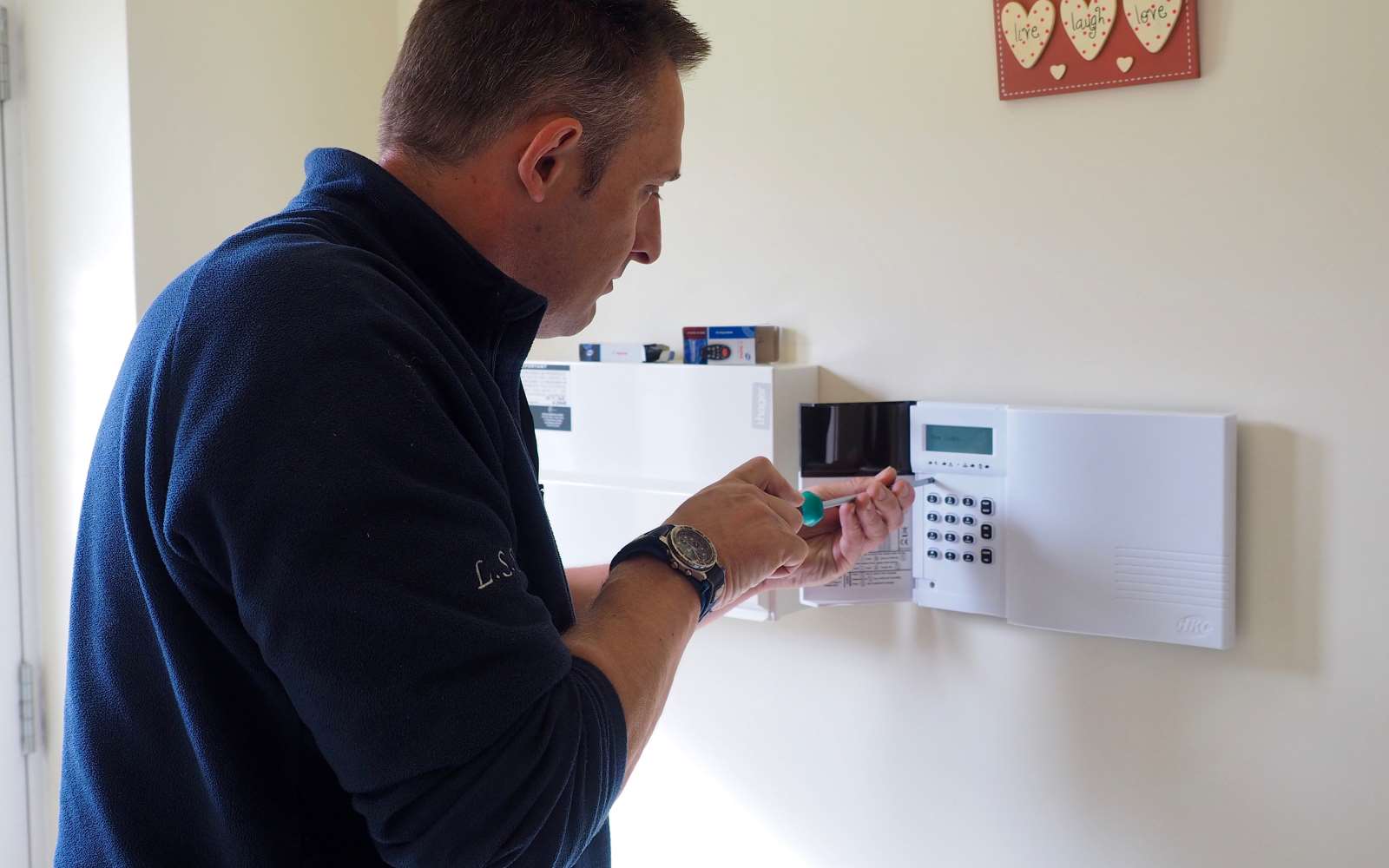
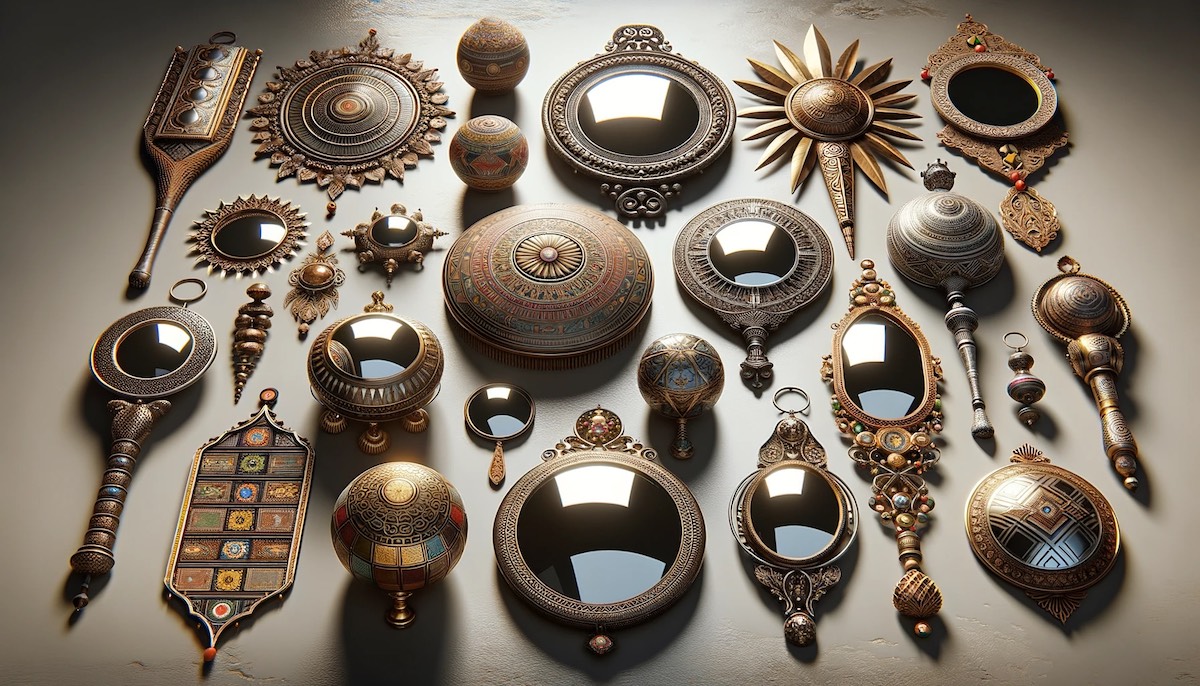
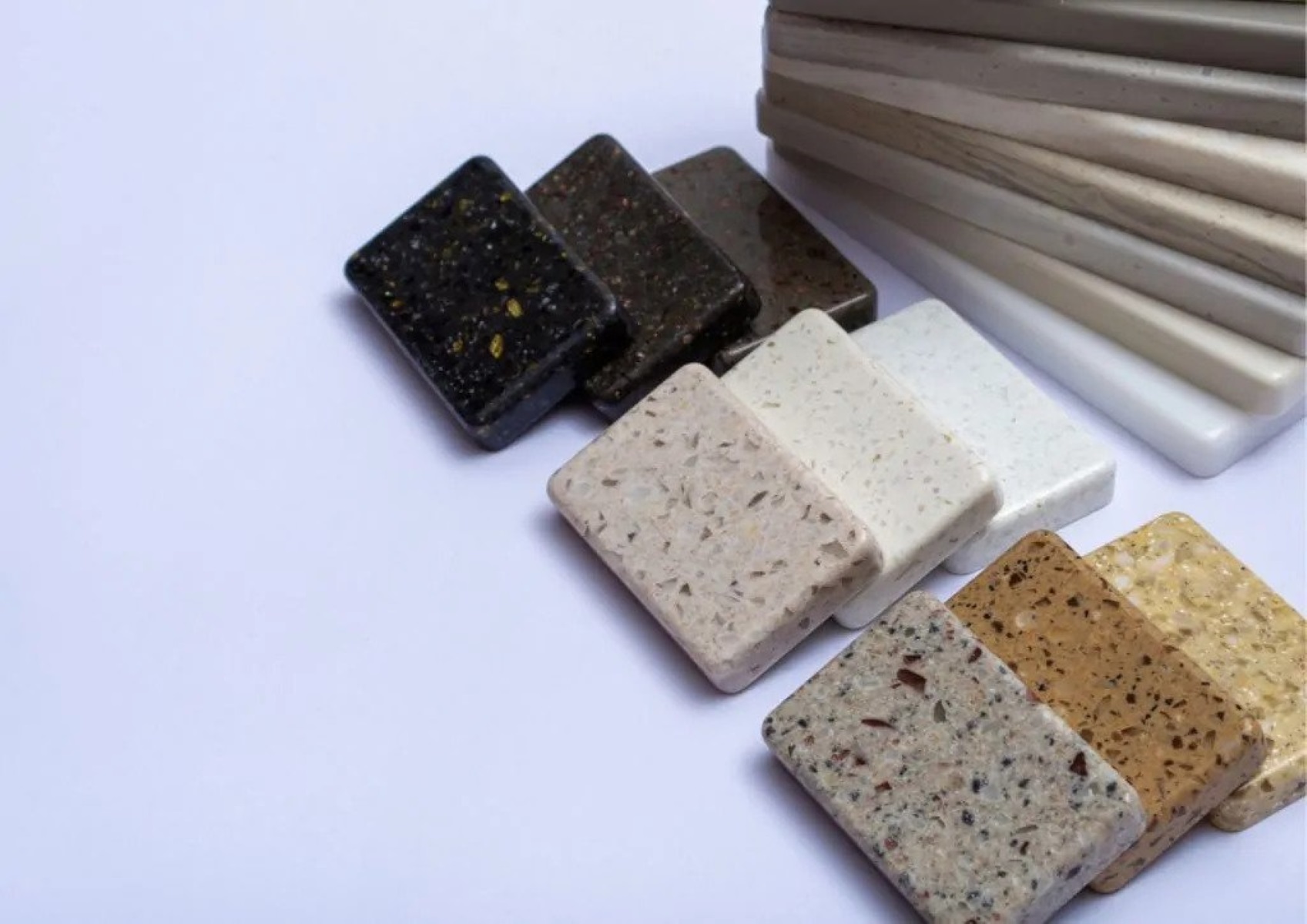
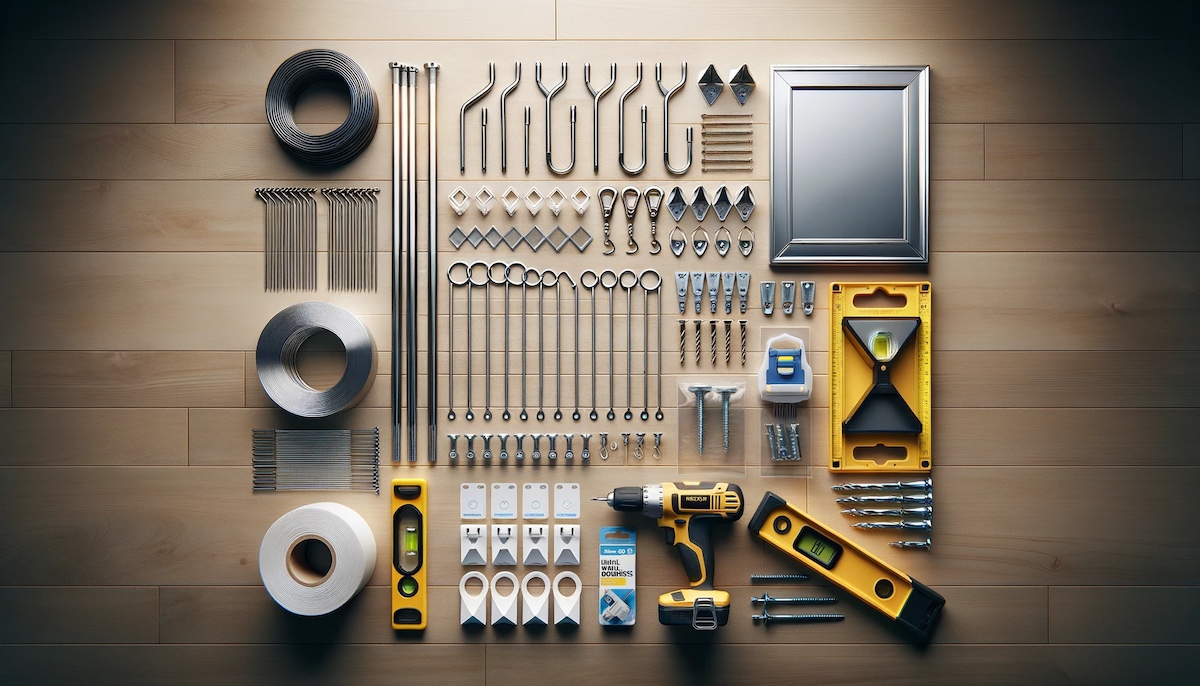
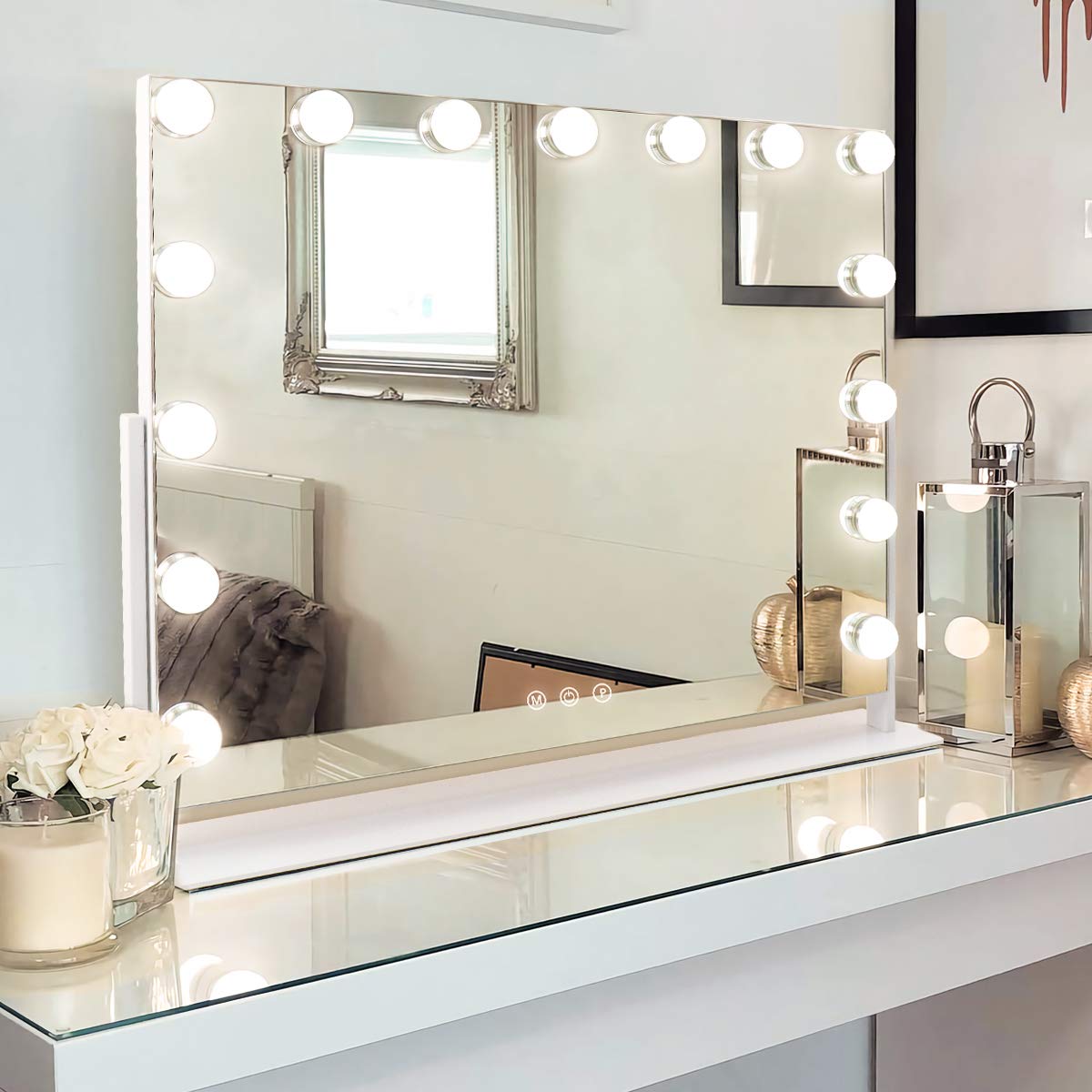
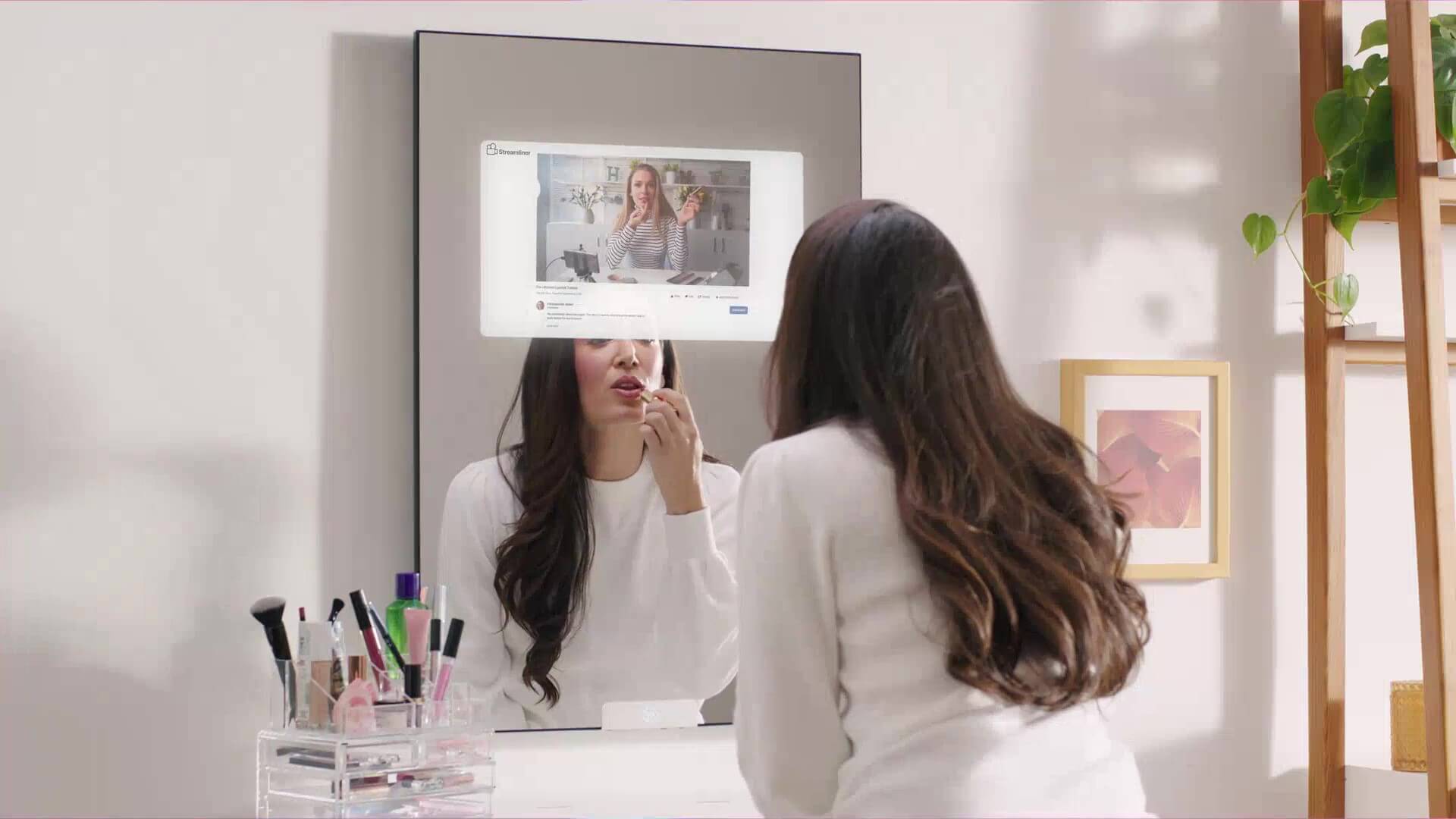
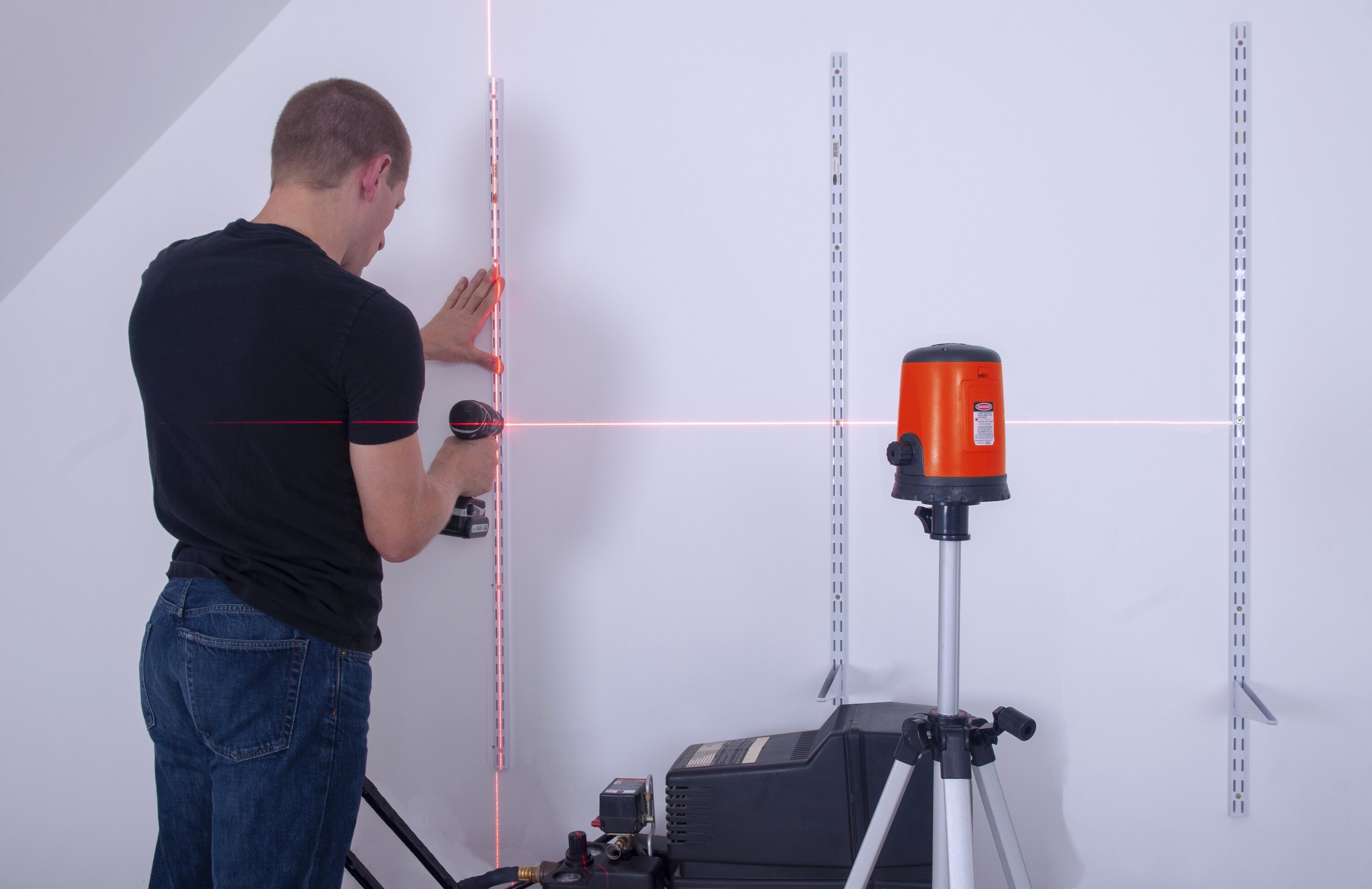
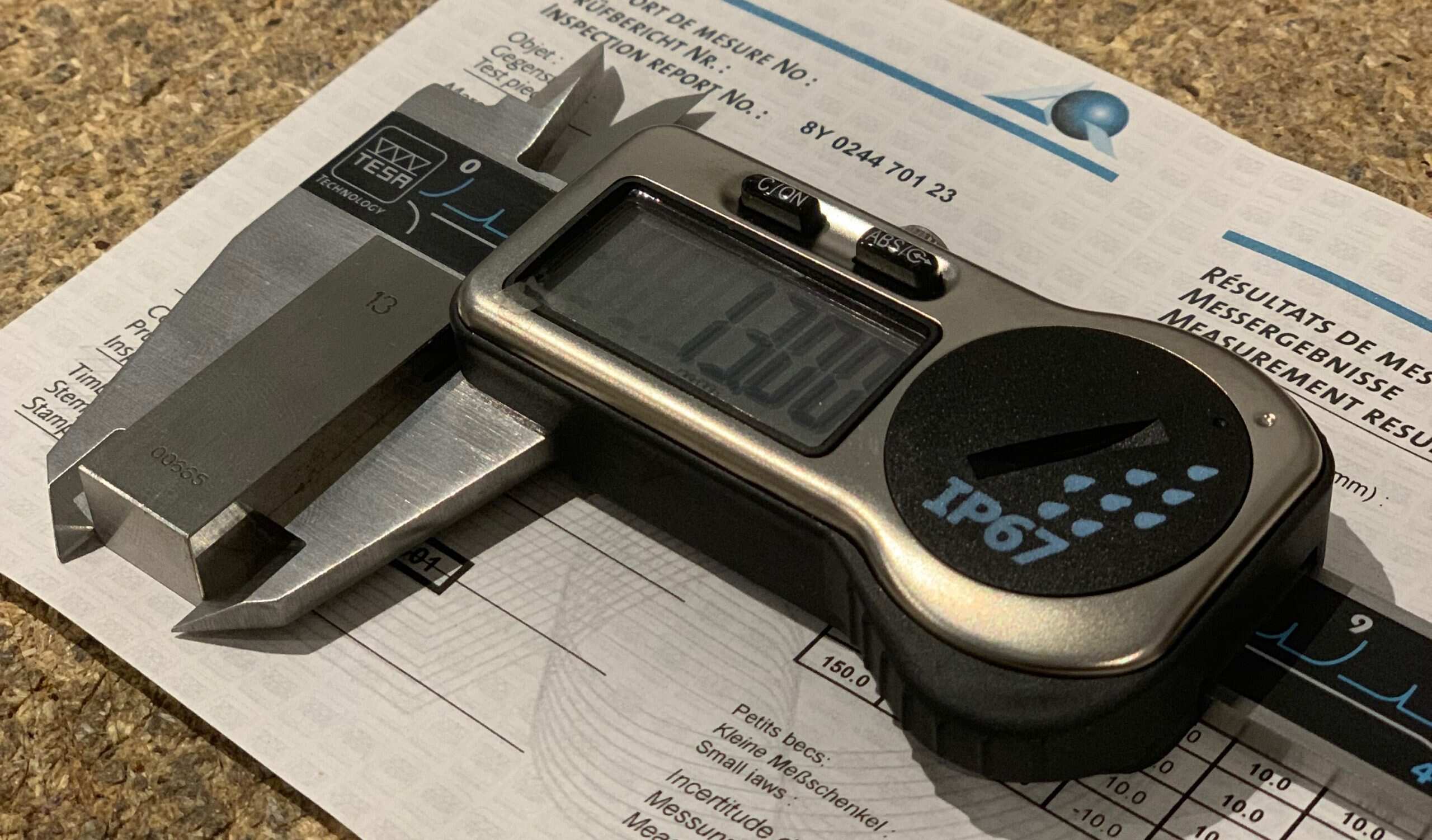
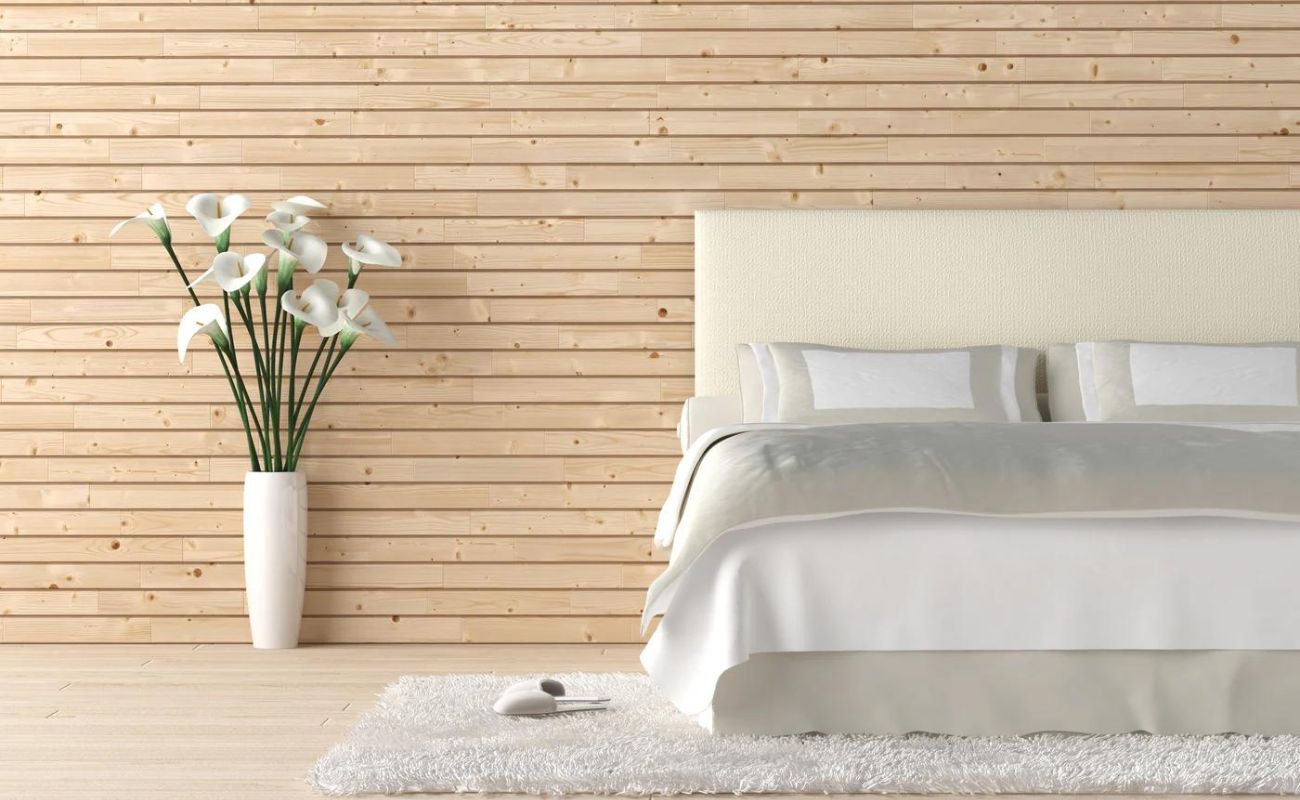
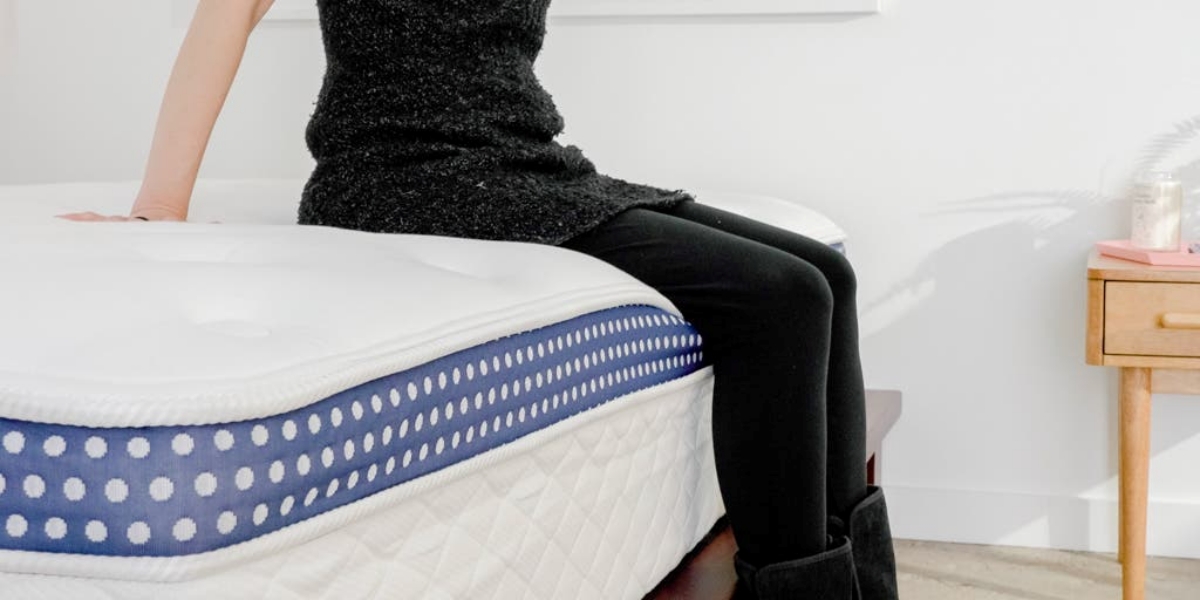
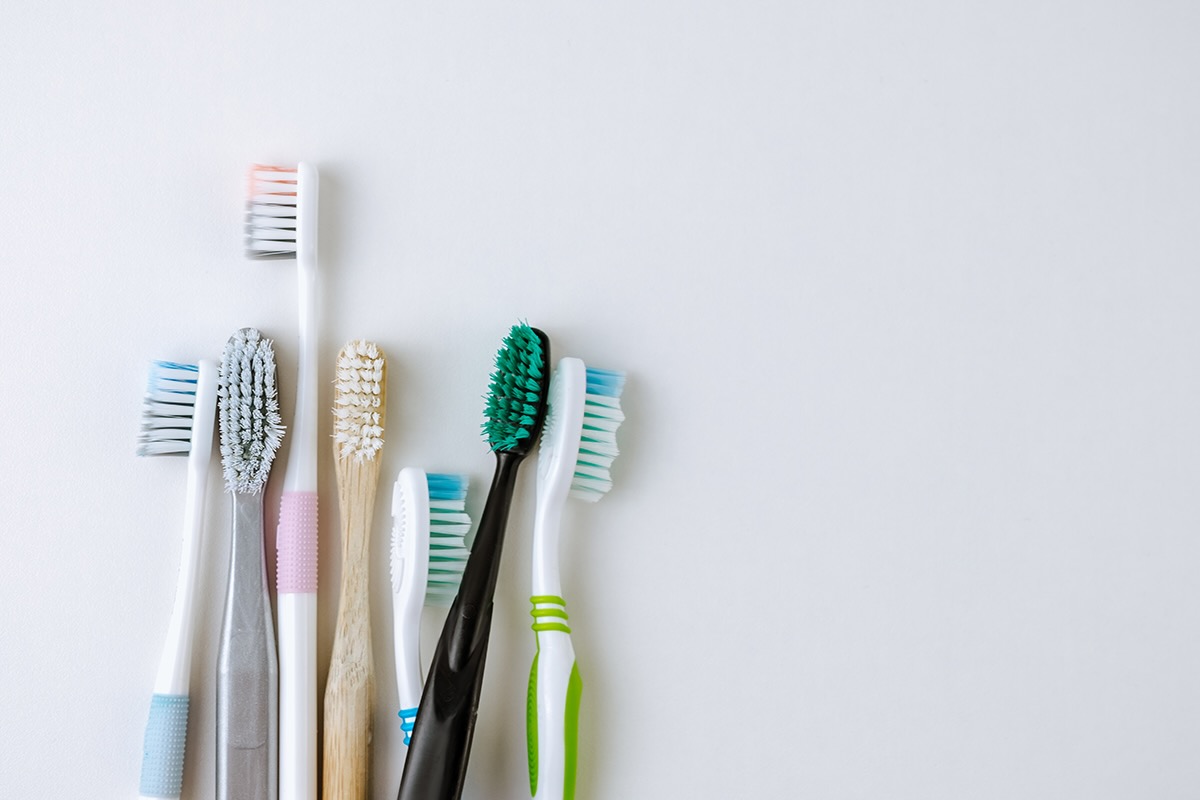
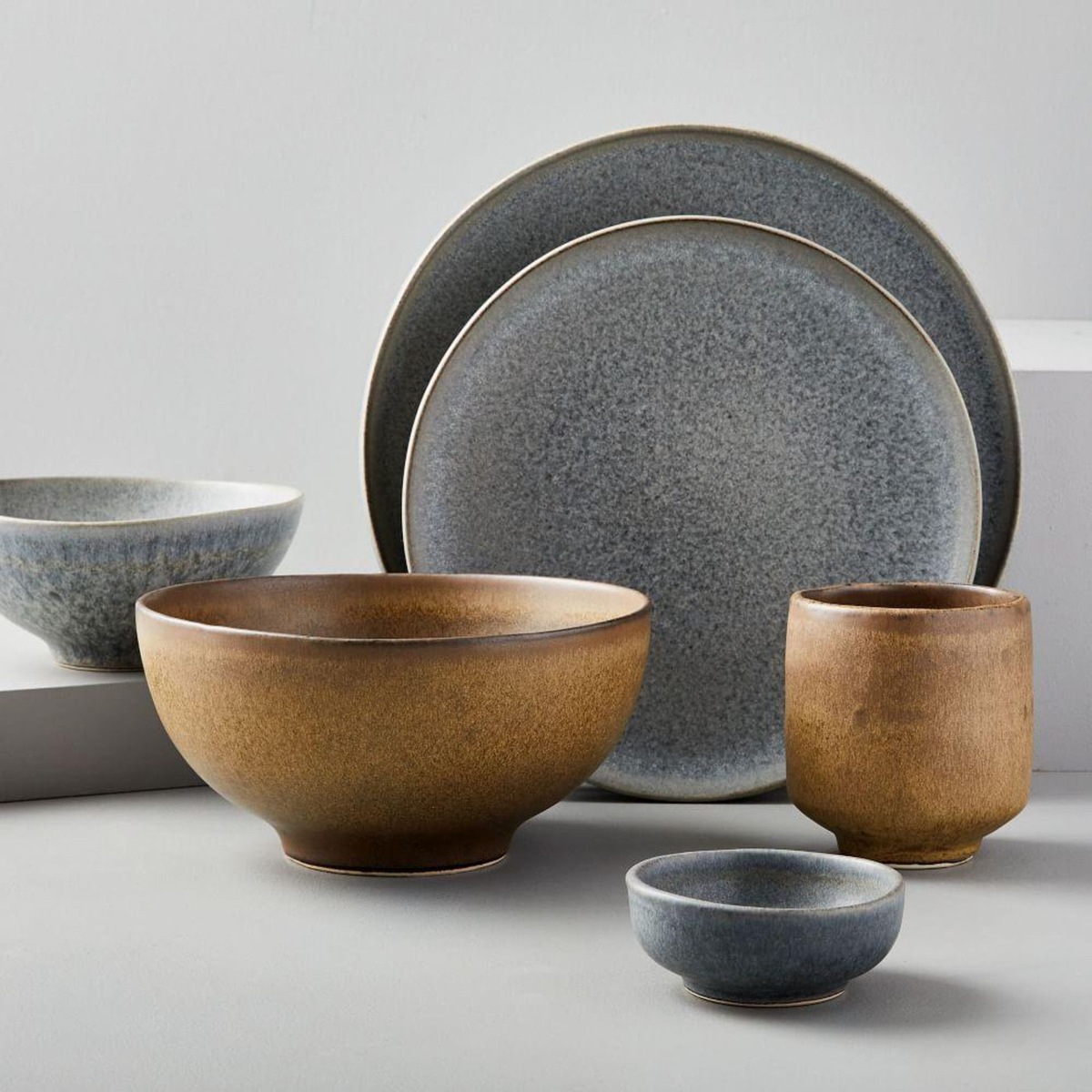

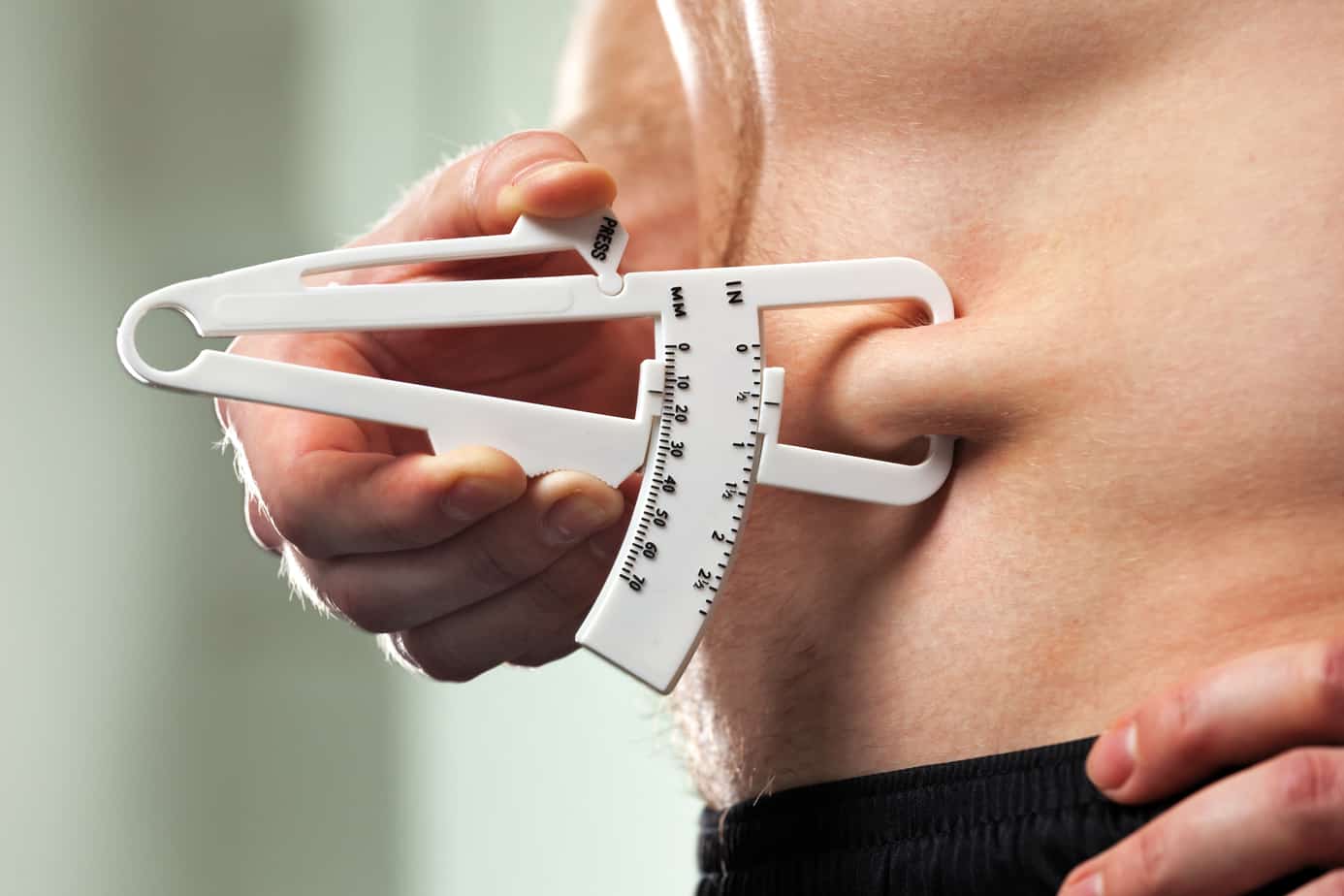

0 thoughts on “What Mirrors Are Most Accurate”